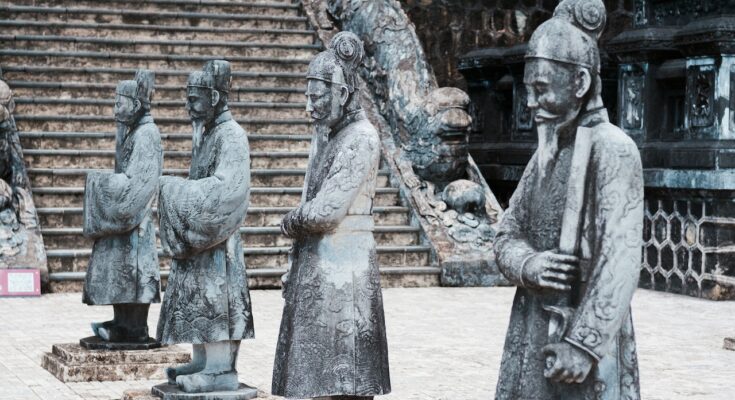The Integration of Artificial Intelligence in Art and Culture
Artificial intelligence in Art and Culture and transubstantiating numerous diligence, and the trades and artistic sector is no exception. From digital oils to virtual reality exhibits, AI is changing the way we witness and produce art. In this blog post, we’ll explore the impact of AI on the trades and artistic diligence and the eventuality for creativity and invention in this instigative field.
Introduction:
Art and culture have always been at the forefront of technological change. From the invention of the printing press to the rise of the internet, artists and cultural institutions have been quick to embrace new technologies to reach audiences and push boundaries. With the rise of AI, the arts and cultural industries are once again at the cusp of a major technological shift.
- The Impact of AI on the Art World
- The Use of AI in Cultural Institutions
- The Future of AI in Art and Culture
The Impact of AI on the Art World
AI is changing the way we witness and produce art. Digital artists are using AI algorithms to induce stunning digital oils and robustness, while art collectors are using AI to authenticate workshop of art. AI is also making it easier for artists to partake their work with a global followership, and for art collectors to discover new artists and artworks. One of the most instigative operations of AI in the art world is the use of generative inimical networks( GANs) to produce digital oils and images. GANs are that are computer program trained to induce new images grounded on a set of input images. These AI algorithms can be used to induce images that are analogous to being workshop of art, or to produce entirely new styles and forms of expression.
The Use of AI in Cultural Institutions
Cultural institutions are also embracing AI to enhance the visitor experience. Museums are using AI to create virtual reality exhibits that allow visitors to experience art and artifacts in a new and interactive way. AI-powered chatbots and virtual assistants are also being used to provide visitors with information about exhibits and collections.
In addition to enhancing the visitor experience, cultural institutions are using AI to streamline operations and improve efficiency. AI algorithms are being used to manage collections, catalog works of art, and analyze visitor data to improve the overall visitor experience.
The Future of AI in Art and Culture
The future of AI in art and culture is bright, but there are also important questions to consider. As AI becomes more advanced and capable of creating sophisticated works of art, what role will human artists play in the creative process? And as cultural institutions increasingly rely on AI to manage their collections and improve the visitor experience, what impact will this have on jobs and the cultural sector as a whole?
These questions highlight the need for a responsible and ethical approach to the integration of AI in the arts and cultural industries. As AI continues to transform the world around us, it is important to ensure that the technology is used in a way that supports and elevates the arts and cultural sector, rather than diminishing it.
Conclusion:
Embrace the Potential of AI in Art and Culture
Artificial intelligence is transforming the arts and cultural industries in exciting and innovative ways. From the creation of digital paintings to the enhancement of the visitor experience, AI has the potential to revolutionize the way we experience and create art. However, it is important to approach the integration of AI in a responsible and ethical manner, to ensure that the technology



